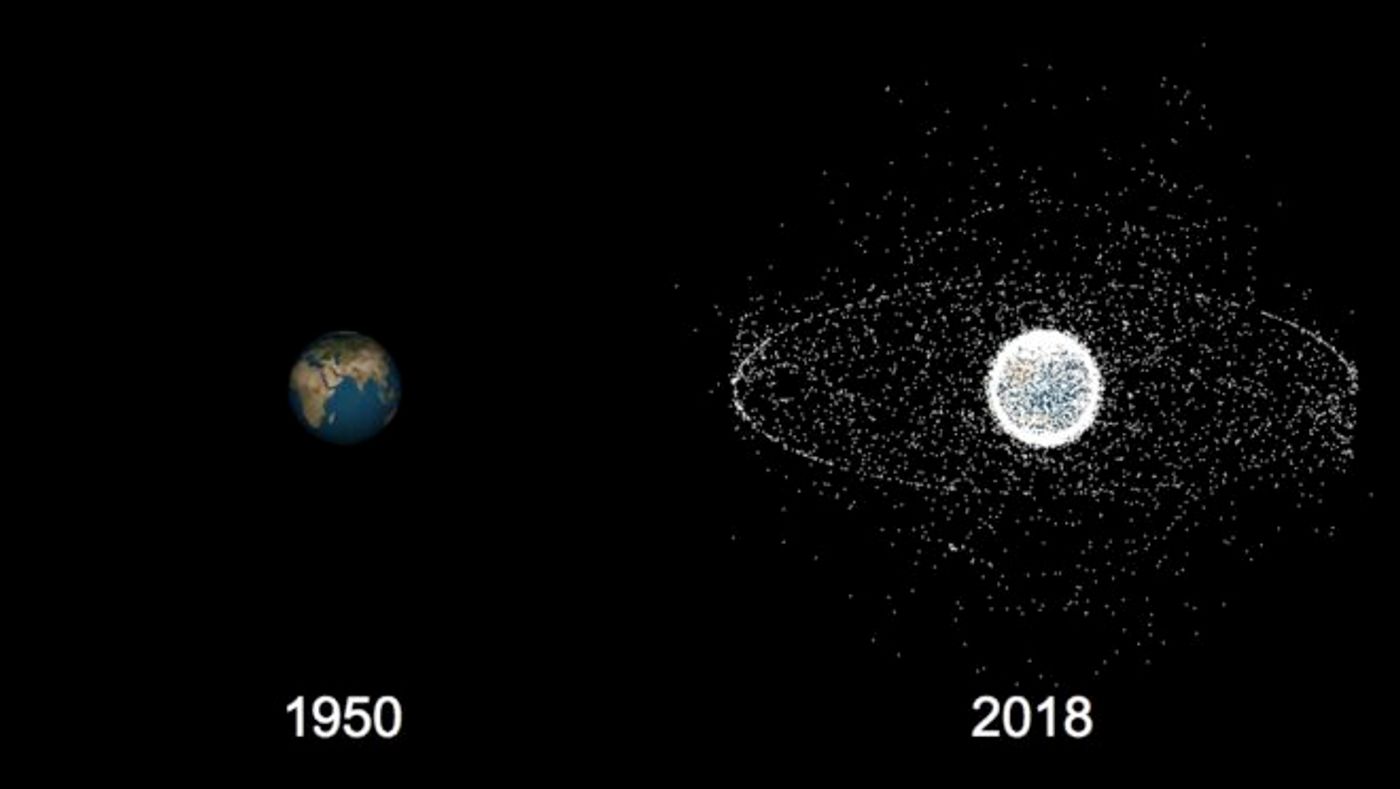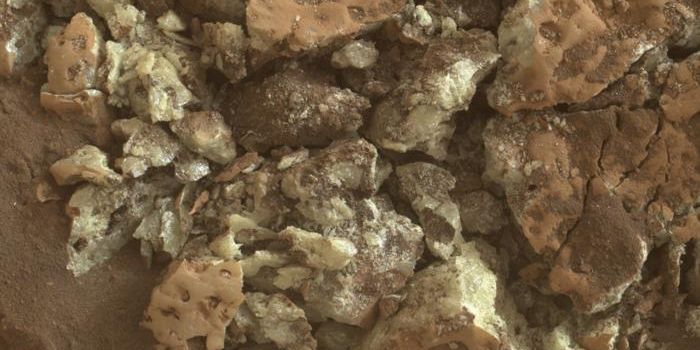Space Junk: Can We Make Space Sustainable?
In 1957, Soviets launched Sputnik-1, the first artificial satellite ever sent to orbit, ushering in the beginning of the Space Age. This year marks the 65th anniversary of this launch. Now, many more countries have the technology to launch satellites into orbit, and with that growth exists growing concerns about space debris, otherwise known as “space junk.”
According to the European Space Agency (ESA), there have been almost 13,000 satellites launched into orbit since Sputnik-1, and almost 30,000 objects are being tracked by surveillance systems. Is a planet surrounded by so much junk sustainable over the long term? The amount of space debris and how that amount will increase over time is extremely concerning; space debris presents a hazard to future satellites, spacecraft, and other objects in orbit around Earth. Will humanity exploit this near-Earth environment as we have exploited the Earth itself? Thus, we must understand the current state of the space debris problem and how it will evolve over time to develop solutions to mitigate this problem.
James A. Blake, research fellow at the University of Warwick, has taken on this daunting task. Blake has tracked space debris and scrutinized the evolution of the debris environments of Low Earth Orbit (LEO) and Geosynchronous Earth Orbit (GEO). Satellites in GEOs follow the rotation of the Earth – they have the same orbital period of the Earth – and are essential for telecommunications. Space in these regions is limited and could lead to serious problems of overcrowding if space operations do not begin to be conducted in a sustainable manner.
Strict spacing regulations should prevent satellite collisions, however recent collisions of communications satellites show that what is currently being done to prevent such problems is not sufficient. There are also abandoned non-operational satellites that are uncontrolled and pose an active threat to the satellites we rely on for key information. Thus, collisions must be avoided! We need catalogs and surveillance networks to track space junk to provide warning to satellite operators so they can maneuver their satellite to avoid collisions.
It is clear that current regulations and strategies to monitor and mitigate space debris is not sufficient. The task of tracking satellites and space debris is currently handled by several space agencies and government offices worldwide (e.g., NASA’s Orbital Debris Program, ESA’s Space Debris Office, Inter-Agency Space Debris Coordination Committee (IADC), United Nations Committee on the Peaceful Uses of Outer Space (UNCOPUOS)). The current strategy for preventing an uncontrollable debris environment is a combination of tracking and “passivating” – a process where remnant sources of energy are depleted to reduce the chances of explosion. Additionally, a “25-year rule” is in place, in which it is encouraged that satellites within 25 years of mission completion must be disposed of via atmospheric entry. Guidelines developed by IADC and adopted by UNCOUPOUS are currently voluntary and not legally binding, thus some countries have neglected to follow these guidelines. It is essentially to cooperate on an international scale to handle this problem before it gets out of hand.
Debris poses a threat for future satellites, as well as spacecraft designed to travel to the Moon or past Earth’s orbit. International policy will be the best way to achieve sustainability in space, but it presents a huge hurdle. A policy of active debris removal (ADR – or regular missions to actively dispose of dead spacecraft and debris) that works by enforcing strict adherence to regulations and debris mitigation is key to preventing future escalation of this problem. Blake stresses that we need legally binding regulations to sanction against reckless behavior. How will this regulatory framework be created? Non-profit organizations and other groups (e.g., Space Court Foundation, Space Generation Advisory Council, the Institute of Air & Space Law, the United Nations Office for Outer Space Affairs) are currently looking for solutions. These efforts to keep space sustainable will be necessary as our dominance of space grows. If we don’t find a solution to the debris field soon, it will impact the safety of humanity.









